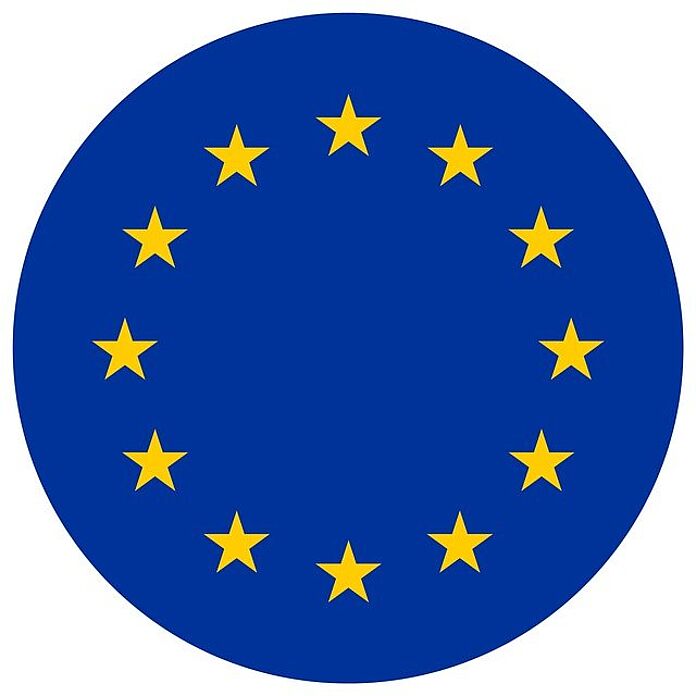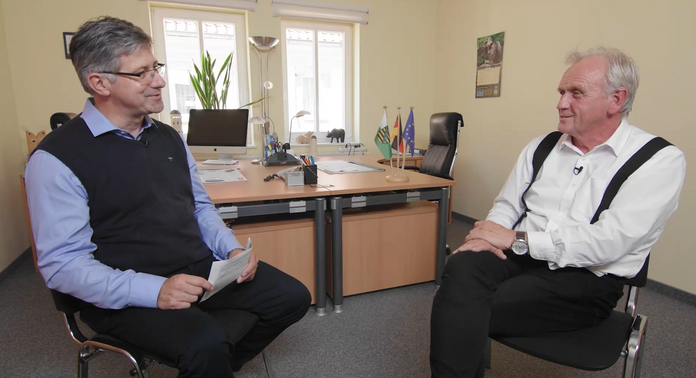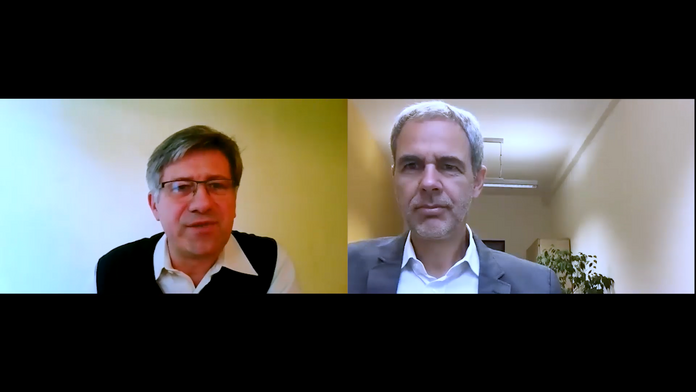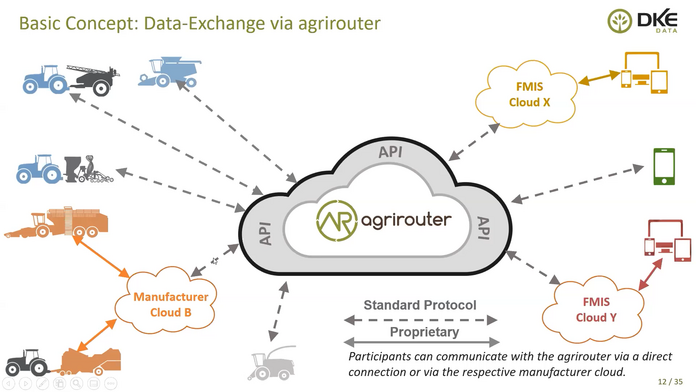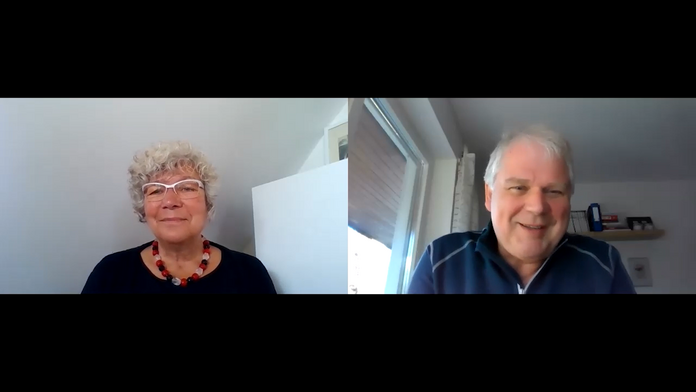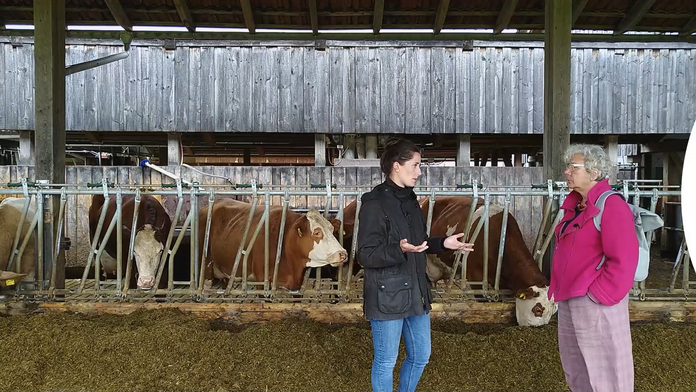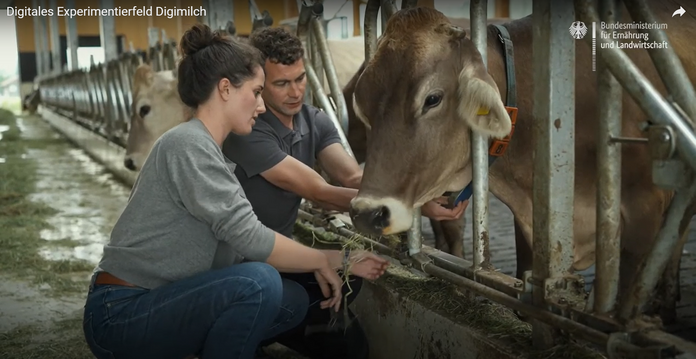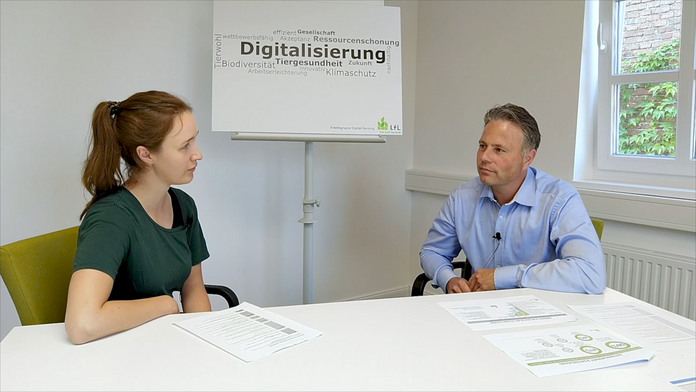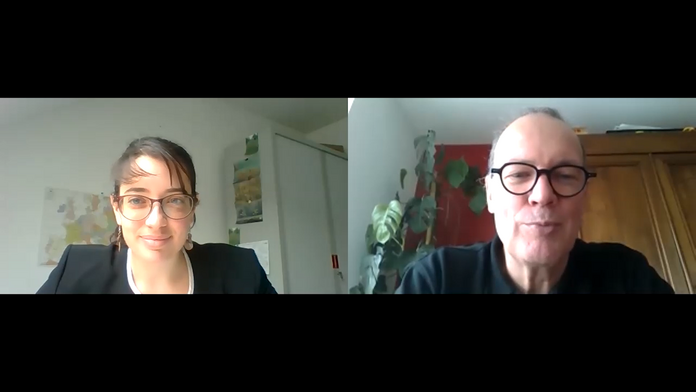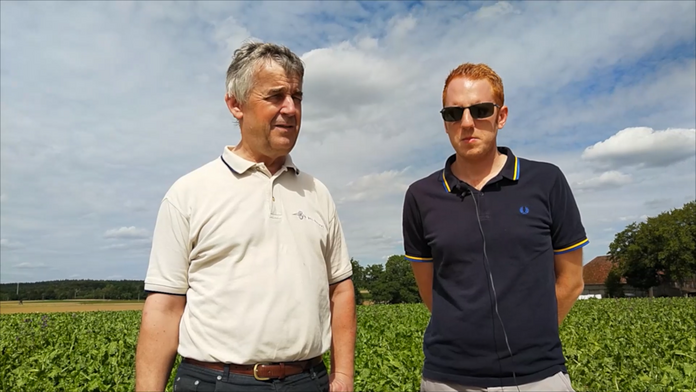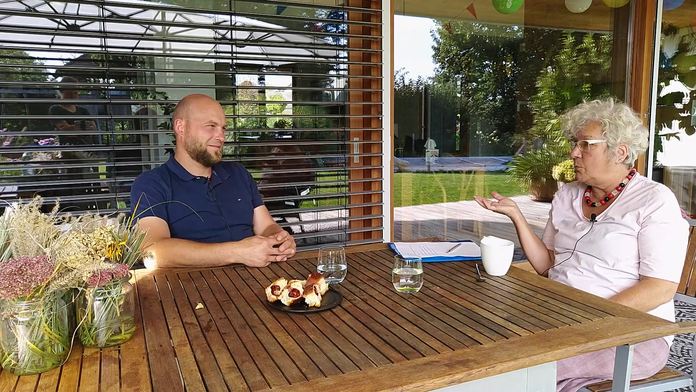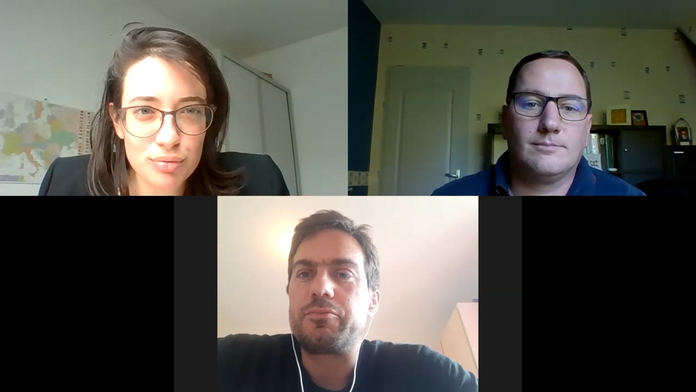What is new?
In 2019 the German Federal Ministry of Food and Agriculture (BMEL) launched the “Digital Experimental Fields” to support the digitization process in German agriculture. 14 different research projects at various locations in Germany have been initiated, dealing with all relevant topics of the agricultural industry. You can watch short introduction videos with Chinese and English subtitles here.
Welcome!
This website on Smart Agriculture has been developed in the context of an activity of the Sino-German Agricultural Centre (DCZ), a joint cooperation project of the German Ministry of Food and Agriculture (BMEL) and the Chinese Ministry of Agriculture and Rural Affairs (MARA). Since an originally planned study visit for Chinese experts and officials to Germany and France was not feasible in 2020, the idea of a “virtual study visit” developed to present this important topic to a broad public – by means of video interviews dealing with particular issues of Smart Agriculture with political decision-makers, delegates of enterprises and practitioners. So you will find contributions from politicians at different levels of administration who inform about the framework and relevant regulations, entrepreneurs who introduce products and specific solutions as well as farmers who share their practical knowledge of digital tools and approaches. A wide spectrum of questions is addressed which illustrates the state of the art in Smart Agriculture and provides an outlook on possible future developments in this field.
Furthermore, the website shall be a platform for other presentations, reports, videos and audio-visual publications on Smart Agriculture which are expected to be uploaded and made available. It is our hope that the topics will be an inspiration for further contributions which can enhance the contents and usefulness of this site – and, of course, we are looking forward to your feedback.
Perspectives & Insights
Watch the compilation of the best bits from the interviews here:
